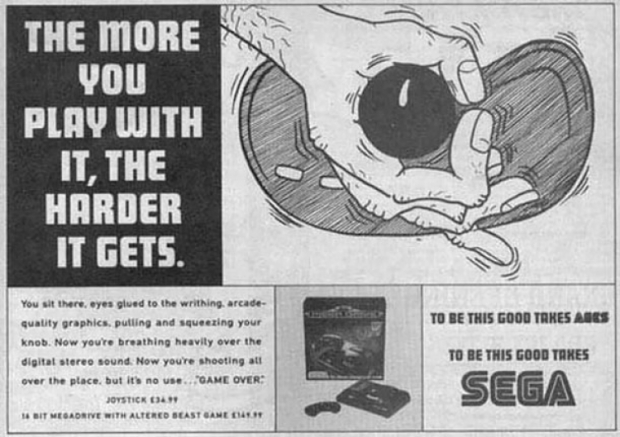A new report on global user trends in adblocking has found that the countermeasures which publishing companies take to block content to adblock users are ‘ineffective’.
The survey, by pro-ad organisation PlayFair, found that 74 percent of users abandon websites when they are presented with an adblock wall, with only 26 percent following the requirement to disable adblocking in order to gain access to the site.
The report said that adblocking has risen 30 percent year on year since 2015, and has risen by 40 percent in the crucial Asia-Pacific market in 2016 alone.
The survey was based on 4000 internet users in the United States, and uses statistics on downloads of the EasyList adblock blacklist and user counts from Chrome and Firefox adblock extensions, among other sources.
From December 2016, the report estimates that 615 million devices around the world are blocking ads, 62 percent of which are on mobile devices, the biggest area of growth for the adblocking demographic, presumably due to data cap limits.
Those who use adblocks are smarter than the average internet user, 1.5 times more likely to possess a bachelor’s degree, increasing to three times more likely among 18-24 year olds.
More than 94 percent of global mobile adblocking is taking place in Asia, though the report does not specify whether this is likely to be at the network service level.
India has risen from 32 percent adblocking use to 59 percent in two years with 136 million users taking advantage of adblock software. China is in second place, with 106 million adblocked devices, but a much lower percent take-up per capita.
The key reason for the growth of adblocking, besides the principal concern about virus infection, is cited as ‘interruptive’ ad formats, such as interstitial ads which hijack the process of heading to a URL and may require ad hoc or timed dwelling before the content can be reached.
Other key factors include slow page loading time, excessive ads per page and privacy tracking.
The daft thing is that 77 per cent of users find some form of advertising permissible. Half of them are ok with static banner ads and 35 per cent preferring skippable video ads. The most hated ad format is apparently the non-skippable video ad, followed by autoplaying audio ads.
Basically publishers stuffed up their own business model by putting in adverts and video content that annoyed users so much they went to ad-blockers. Rather than reforming their antics users are telling publishers that they will not visit their site if they are forced to disable their adblocking software. Of course publishers are suing ad-blockers.
Published in
News
Publishers losing battle against adbockers
They just dont get what users want
Publishers are losing the battle against adblockers because they don’t seem to get that people don’t want their screens blocked with annoying adverts and videos that turn themselves on and blast load sales pitches at them.
Tagged under




